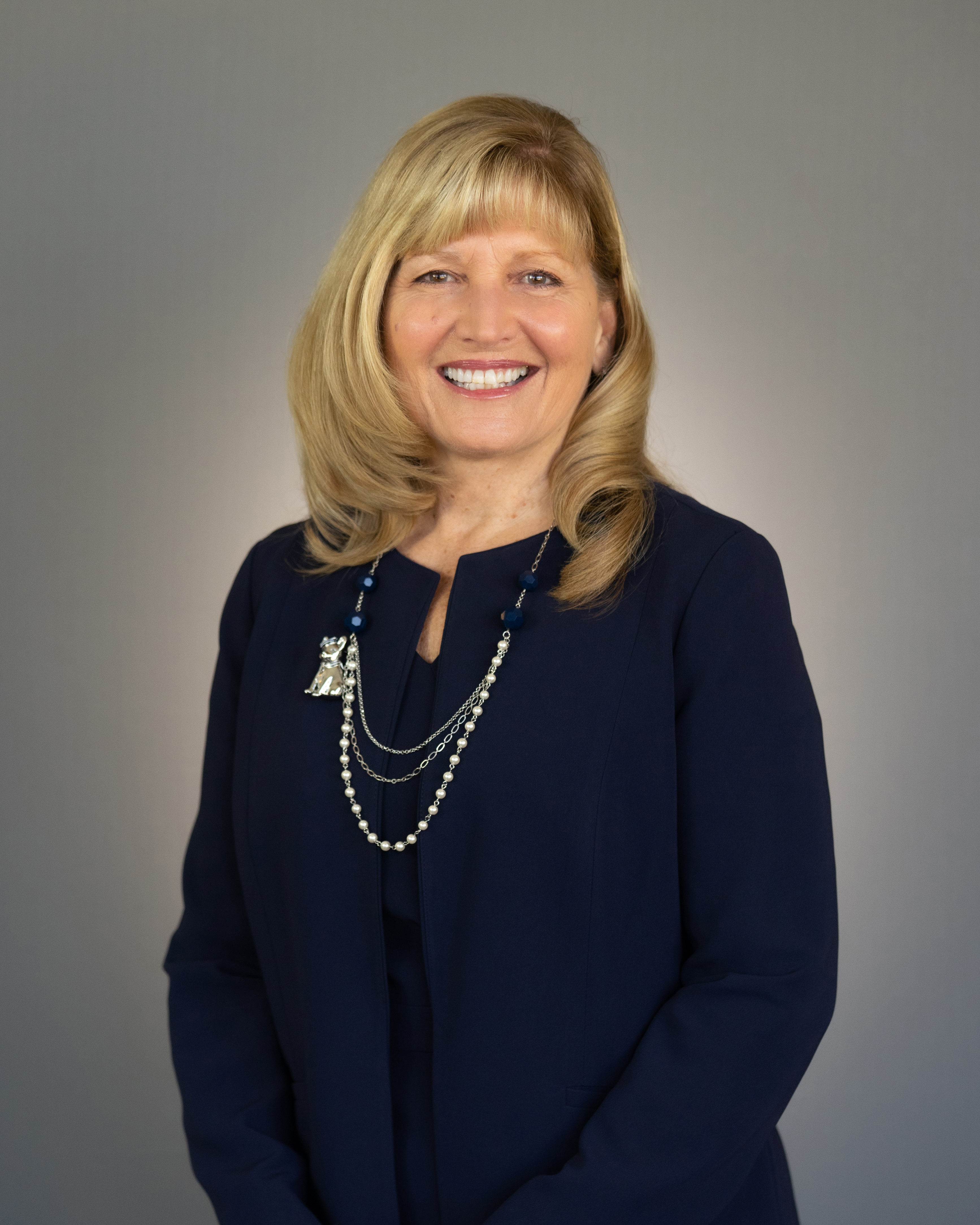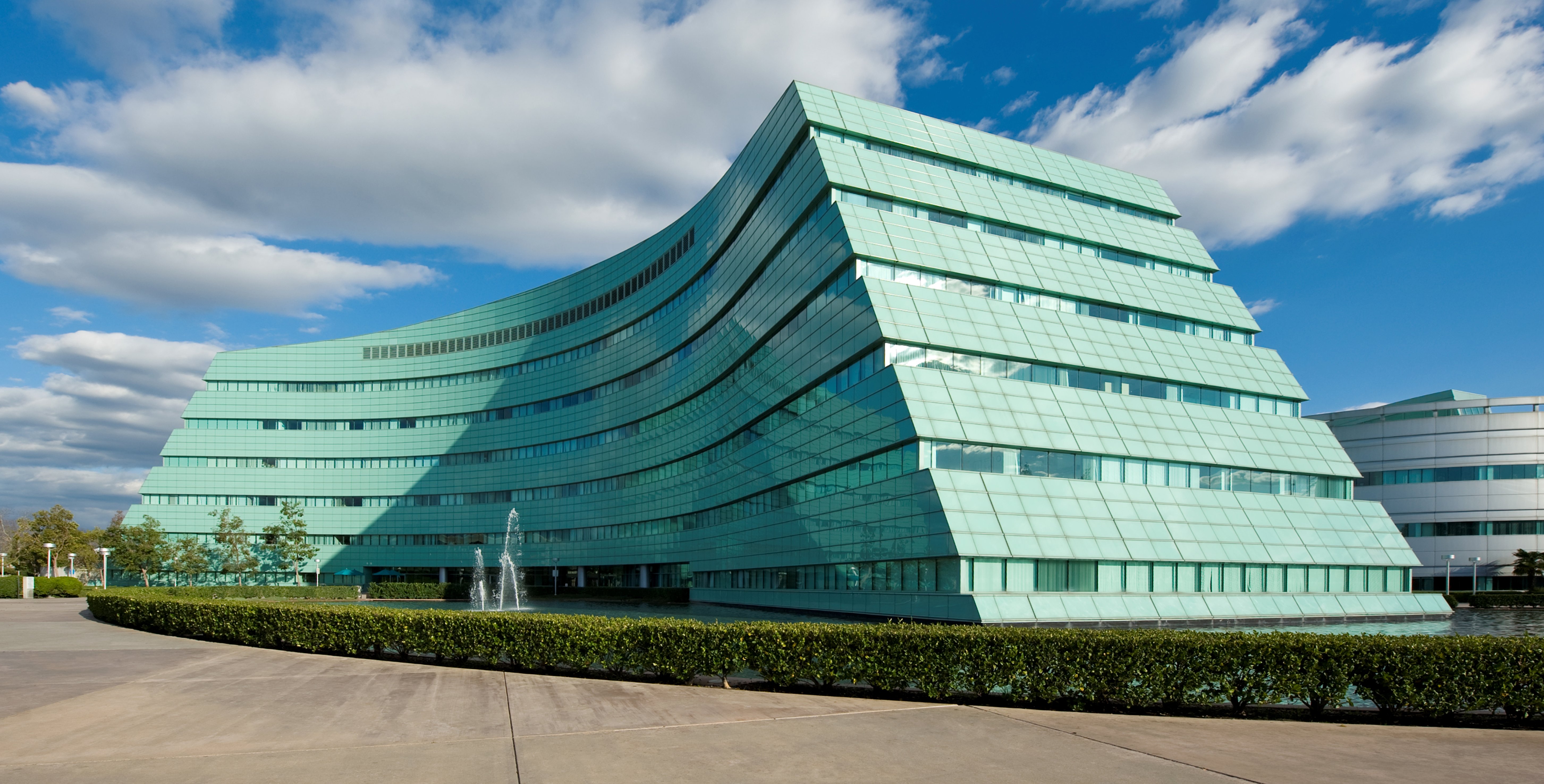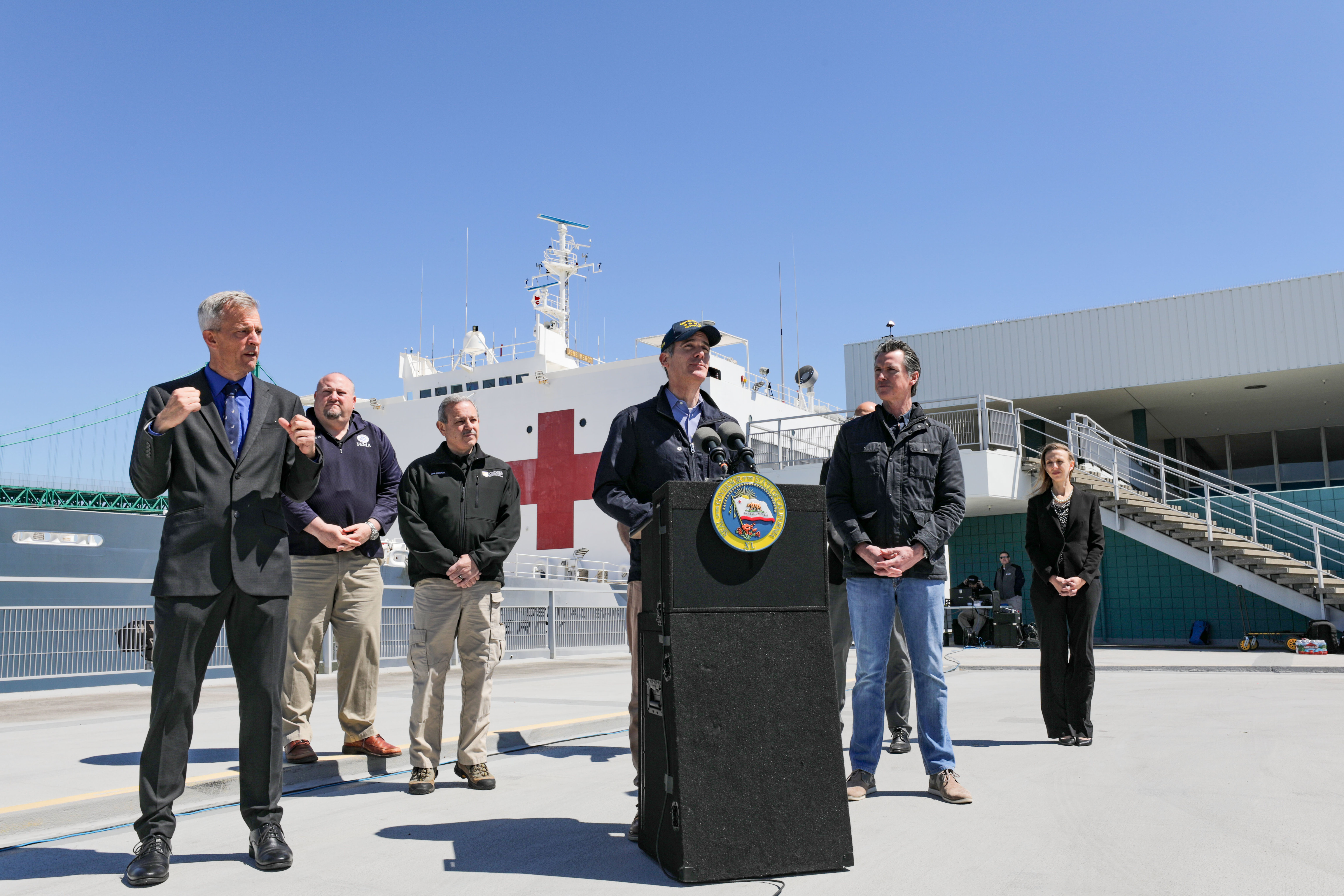Among those with major responsibility for managing the response to the Covid-19 contagion in Los Angeles, Julie Miller-Phipps shoulders one of the heaviest loads.

Miller-Phipps has risen from a candy-striper to president of the biggest division of the nation’s largest managed health care system, the Southern California region of the nonprofit Kaiser Foundation Health Plan and Hospitals.
It’s a position Miller-Phipps has held since 2016. The role includes management of 15 hospitals and 241 medical offices in the area. In Los Angeles County alone, she oversees more than 41,000 employees.
Miller-Phipps has deep roots in Southern California, having attended Cal State Fullerton and the University of La Verne. Earlier in her career she was senior vice president and executive director for Kaiser Permanente’s Orange County operations.
Miller-Phipps shared with the Business Journal her perspective on the Covid-19 fight, the role L.A.’s business community can play and the importance of economic health to Angelenos’ medical health.
In the coming year, what are the greatest challenges for L.A.’s health care systems and hospitals?
The coronavirus will be with us for the foreseeable future. Our health delivery systems must adjust to our new normal.
What is health care’s new normal?
We are seeing a flattening of the curve, but the amount of infection within our community remains high. So, physical distancing, limited visitors and masking in all of the areas of care where we see patients — clinical offices, hospitals, pharmacies, lab and radiology, as well as during care provided in the home. (We also see) a balance of tele-health and face-to-face care. This is a positive outcome of the pandemic.
How manageable is the pandemic?
It is manageable with adherence to the stay-at-home order, to physical distancing, hand-hygiene and the wearing of masks when going outdoors; with our state, cities and counties continuing to relax regulations to support hospital capacity expansion and provide help with needed equipment and supplies; and with the courage of the many people who work in such jobs as grocery store clerks, bus drivers, first responders and frontline health care teams. At the same time, we are challenged to resume postponed care — critical screening, such as mammograms and colonoscopies, vaccinations, joint replacement surgeries and more.

How did Kaiser Permanente and other L.A. hospitals try to meet demands in March for more ICU beds for Covid-19 patients?
It wasn’t easy. We renovated standard hospital units into ICU units, obtained more equipment and redeployed staff that we thought would be needed for the anticipated surge. We also worked closely with Los Angeles County to transfer non-Covid-19 patients who volunteered to be moved to the USNS Mercy Hospital for treatment during the anticipated surge.
What have been the difficulties in obtaining personal protective equipment for workers and respirators and Covid-19 testing kits?
We worked with our current vendors, and with manufacturers and raw material suppliers to produce specific critical supplies, and with Silicon Valley companies to print 3D face masks that can be produced in under one minute. We also teamed up with business partners able to donate needed supplies and to launch an initiative matching PPE donations with the neediest hospitals.
What effect has the halt in elective surgeries had on hospital finances?
Many hospitals and physicians earn much of their income from elective procedures. Outside of Kaiser Permanente, elective surgery is often the revenue stream that supports hospitals, ambulatory surgery centers and physicians.
To what extent will you be resuming elective surgeries now that the ban has been lifted?
We are reassessing and retriaging patients to prioritize among those whose procedures have been delayed. Some surgeries that were considered elective two months ago may now be necessary. Other patients may choose to keep their elective surgeries on hold until there are fewer infected patients. It is difficult to know how many people will return for elective surgeries immediately.
What else will you have to manage?
When we begin to reopen our economy, the challenge for health care will include the possible rise in Covid-19 infection rates and localized outbreaks. We must also be prepared for the expected second wave this winter that will be combined with the regular flu season.
Which noncontagion health care services has Kaiser Permanente been able to provide the last few months?
Care that could not wait, such as cancer and cardiac care. The most hopeful area was maternity.
What can be done to help?
The public and private sectors must work together to ensure our most vulnerable citizens, such as the homeless and those living below the poverty level, have access to all the different elements that contribute to good health — jobs, food, education and safe places for play and recreation.
Is there something that you can point to that you consider to be a recent victory?
Anticipating a pandemic surge, the state asked Dignity Health and Kaiser Permanente to open, on the site of the closed St. Vincent Medical Center, a facility to care for Covid-19 patients. Within four weeks, Los Angeles Surge Hospital was accepting patients from community hospitals.
What else needs to be addressed?
Recognize that the total health of every Angeleno depends on the economic health of our communities. That includes the environment in which they live, work and play. We are reminded of the challenges to access to care, of the social and ethnic disparities in clinical outcomes and of our growing homeless population. This pandemic, and the economic consequences of the necessary public health response, have only further exposed the vulnerabilities of our social health system. Before Covid-19, L.A. County had one of the highest poverty rates in the state (23% according to data from 2017). Two million people were food insecure. Almost 59,000 were homeless. Although almost 80% of people living in poverty were employed, they struggled to make ends meet in the face of California’s high cost of living.
What does this tell us about health care?
To thrive, people need access to secure housing and nutritious food. Kaiser Permanente is developing a network of referral resources to connect our patients and members with services to address housing, food, safety, utilities. We will contact more than 450,000 California members enrolled in Supplemental Security Income, Medi-Cal, California’s Medicaid program, or newly eligible Medicare or Commercial members who struggle to pay for food, to apply for support.
What other steps is Kaiser Permanente taking?
We are committed to reducing homelessness by ensuring access to supportive housing and making affordable homes healthier and more environmentally sound. Kaiser Permanente and Service Employees International Union-United Healthcare Workers West in January committed $130 million to train people to become health care workers and to support current health care workers to advance in their careers, for an expected surge in Covid-19 cases.
What specific things can the health care industry do to strengthen its future?
During the Covid-19 crisis, the deployment of technology has forever changed the course of health care: Telephone and video visits, chat bots and virtual care are now mainstream. We went from 15% of our members using virtual outpatient care to more than 80%. This strengthens us financially.

What role can Los Angeles’ leadership play in supporting the health care sector?
Mayor Eric Garcetti, the county Board of Supervisors, the county Department of Public Health, and county Department of Health Services exercised decisive and pivotal leadership in instituting Safer at Home and physical distancing. These measures have helped to flatten the rate of increase in hospitalization and use of intensive care unit beds. Our essential businesses have heroically kept their doors open to our communities and maintained critical supply chains. First responders have been right there with health care workers on the front line.
To what extent have financial reserves been tapped to meet the current crisis?
We expect that federal emergency funds will not cover all of the economic impact of the pandemic crisis on our organization. From my perspective, this is the time for business and government to come together to help support the viability of our health care system.
How can L.A.’s businesses and organizations contribute?
One way L.A. business and philanthropic leaders can alleviate the burden on the health care system and advance community health is to come together to address the underlying inequities in our society. Covid-19 disproportionately impacted vulnerable populations — the frail elderly, the poor, people with preexisting medical conditions, people of color and under-resourced communities. Health care, public health and economic health are all connected. We should explore collaborations that help people meet their basic needs: housing stability, food security, economic opportunity, access to care and social supports. We are working to address medical reimbursement rates and the economic realities, such as the impact ZIP codes have on the disparity of health and an increase in homelessness.
Even crises have an upside. What has Kaiser Permanente learned to strengthen itself in L.A. going forward?
We dramatically increased our telehealth capacity, and patient demand for it has increased. We’ve leveraged our systems and data to efficiently deploy our space, supplies and people. We and others substantially increased remote monitoring and mail-order pharmacy. California temporarily relaxed restrictions that allowed us to expand capacity. It’s imperative that we retain that flexibility. Also, we’re going to reexamine our disaster preparedness systems, supply chains and relationships with community stakeholders.
Keep reading the 2020 Health Care Special Report.
